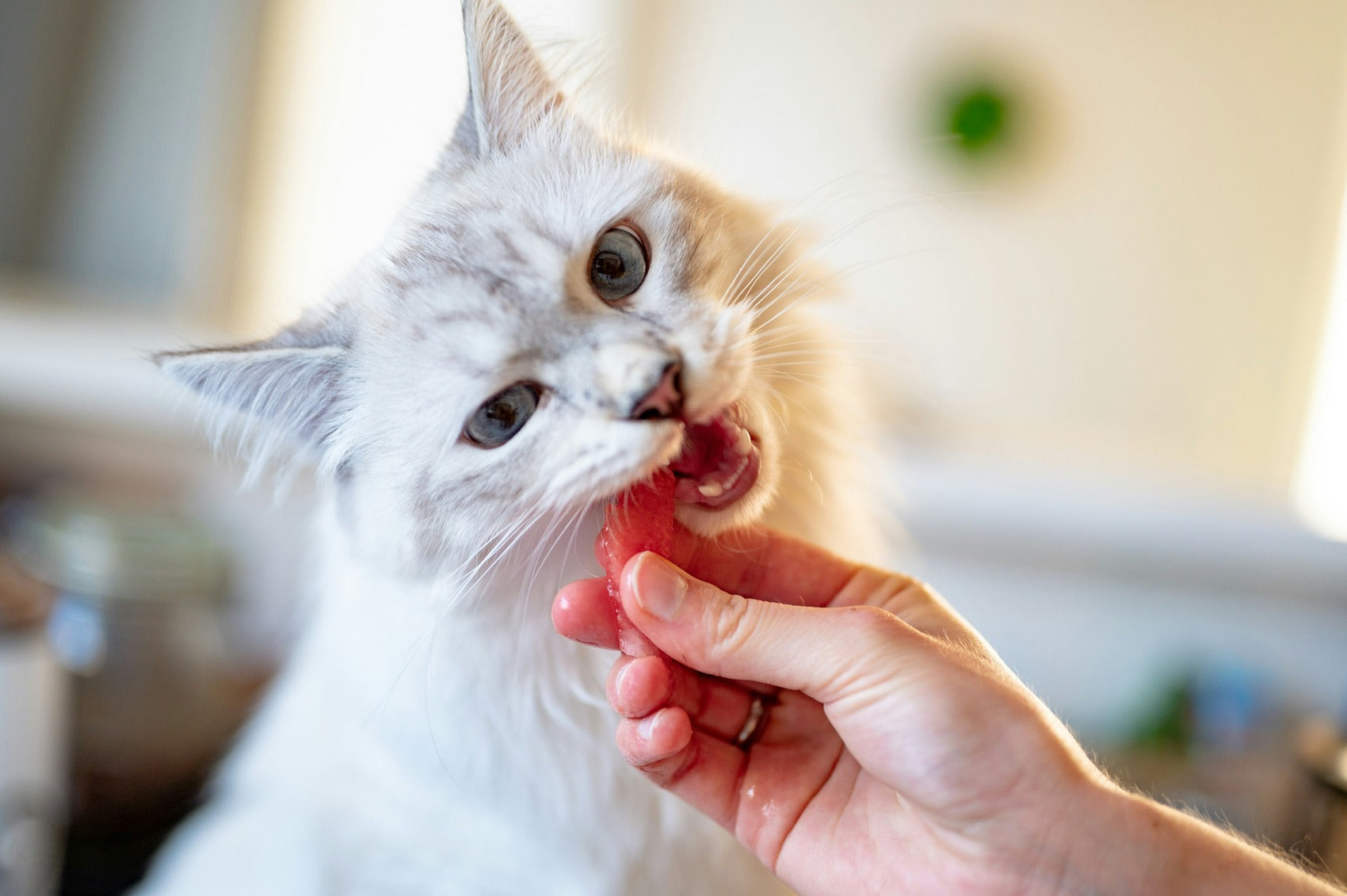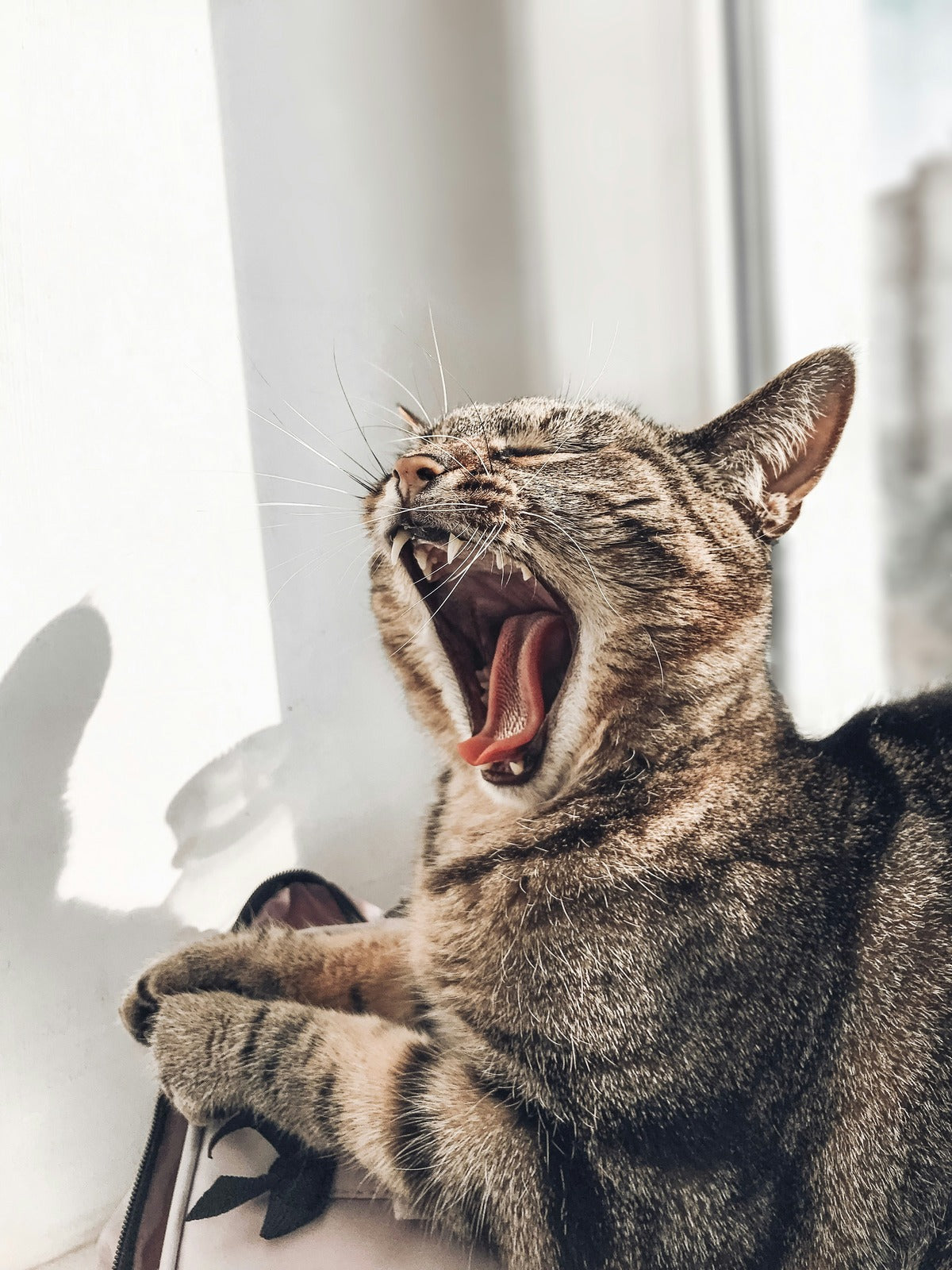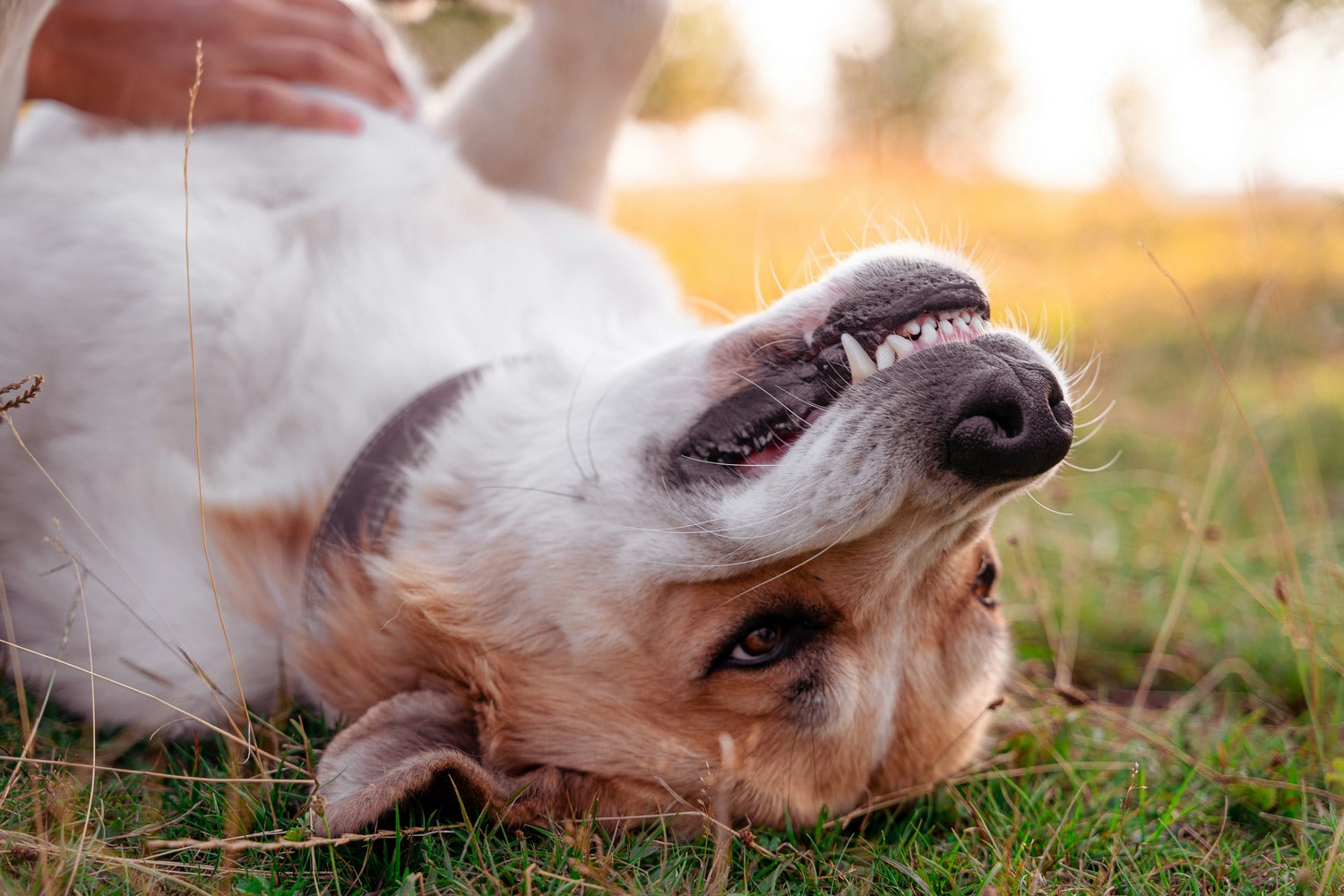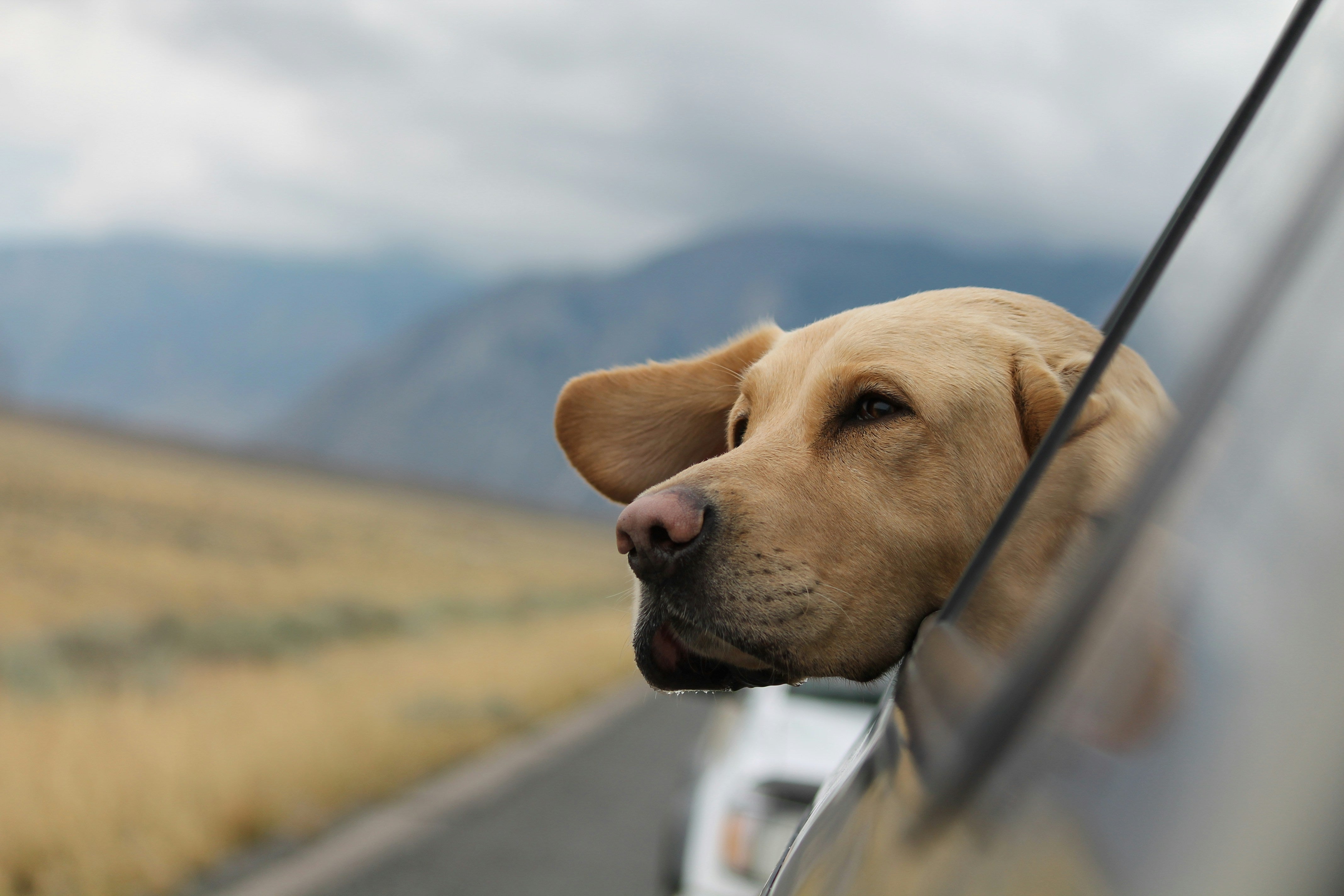6 Plants That Are Toxic To Dogs & Cats
As spring brings colorful flowers, pet owners should be aware of the potential dangers some plants pose to their pets.
As spring blooms and vibrant flowers start to color our gardens, it's a great time to appreciate the beauty of nature—while also being mindful of the potential hazards some plants pose to our pets. While flowers like tulips, daffodils, and lilies brighten up our surroundings, many of them contain toxins that can harm dogs and cats if ingested. It's essential for pet owners to recognize these dangers to ensure their furry friends stay safe as they explore the great outdoors. Here are six common plants to watch out for this spring that are toxic to pets.
1. Tulips
-
-
Why they are toxic to dogs and cats: Tulips contain alkaloids, especially tulipalin A and B. These compounds can cause gastrointestinal upset. The toxins are most concentrated in the bulb
-
2. Daffodils
-
-
Why they are toxic to dogs, cats and horses: Daffodils contain lycorine, an alkaloid that is highly toxic when ingested. Lycorine can cause gastrointestinal distress. The bulbs are especially dangerous to pets.
-
3. Lilies
-
-
Why they are toxic to cats: Lilies contain lycorine and other toxins that are especially harmful to cats. Even ingesting small amounts of the plant can cause kidney harm.
-
4. Azaleas
-
-
Why they are toxic to dogs and cats: Azaleas contain grayanotoxins, which can affect the heart and nervous system.
-
5. Hyacinths
-
-
Why they are toxic to dogs and cats: Hyacinths contain saponins, which can cause irritation to the gastrointestinal system, Ingestion of any part of the plant, especially the bulb, can lead to issues.
-
6. Foxglove
-
-
Why they are toxic to dogs and cats: Foxglove contains cardiac glycosides, which interfere with the heart’s normal electrical function.
-
By familiarizing ourselves with the dangers of toxic plants, we can take the necessary precautions to keep our pets safe and healthy. Whether it's planting pet-friendly alternatives or simply ensuring that toxic plants are out of reach, a little extra care can go a long way in protecting our furry companions from harm.




